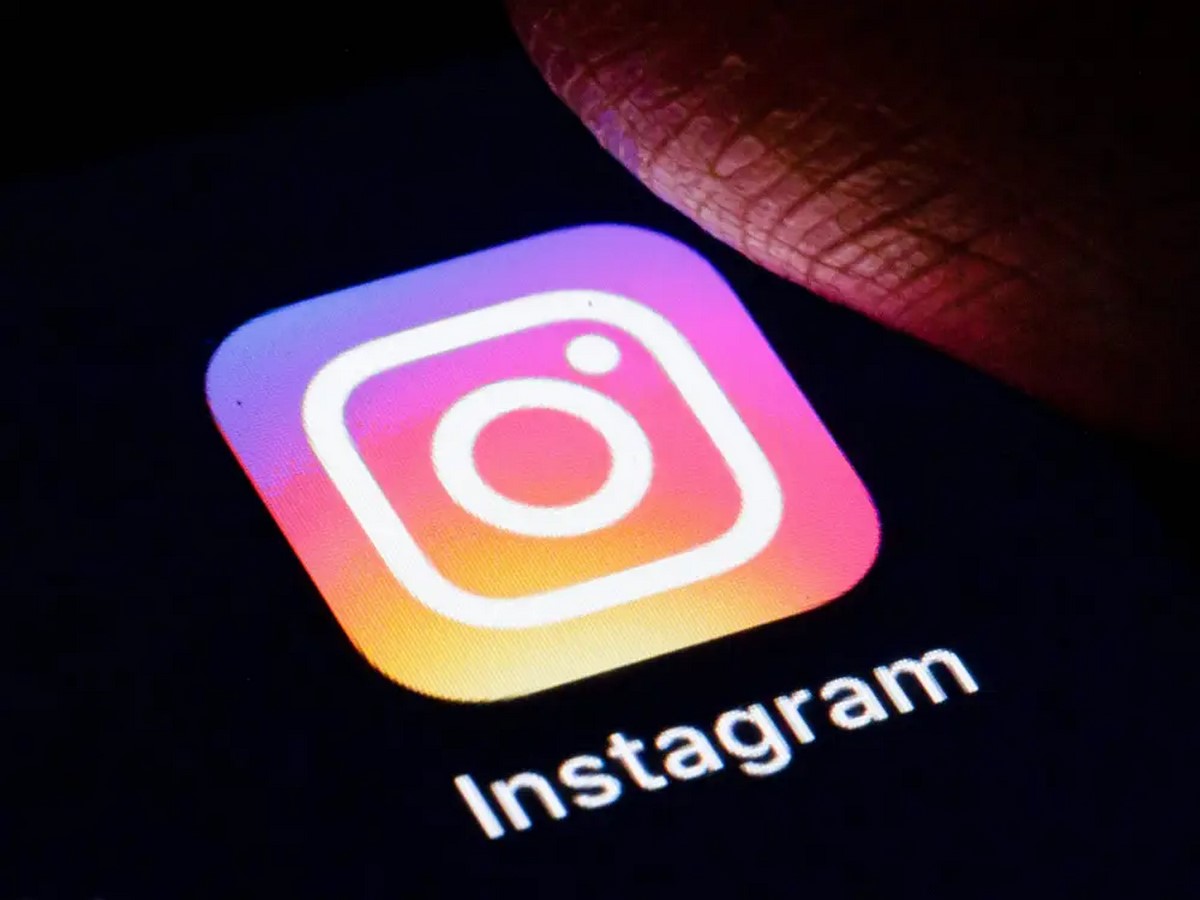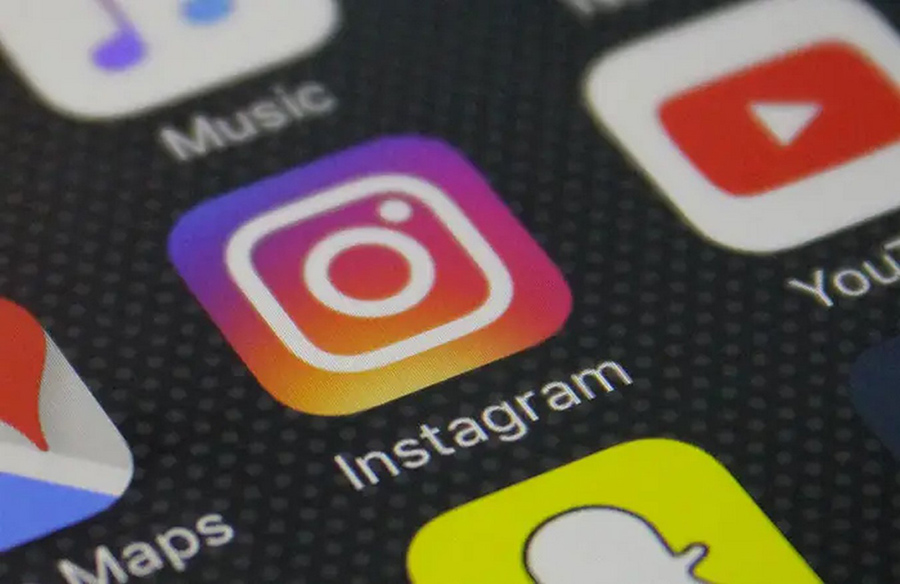In an age dominated by smartphones, Americans are tethered to their devices more than ever before. A recent survey conducted by Reviews.org reveals that, on average, Americans check their phones a staggering 262 times per day. But behind this compulsive behavior lies a meticulously crafted strategy known as “behavioral design,” shaping the addictive nature of popular apps like Facebook and Instagram.
The Manipulative Mechanism
According to Peter Mezyk, a seasoned app developer, the success of an app hinges on its ability to establish new habits among users. As the head of Nomtek, an international app agency, Mezyk sheds light on the distinction between two types of apps: painkillers and supplements.
“Painkiller apps,” Mezyk explains, offer a fleeting escape from negative emotions like loneliness or boredom. These apps, exemplified by social media platforms such as Facebook and Instagram, lure users into a cycle of dependency by exploiting psychological triggers.

Unveiling the Behavioral Loop
Mezyk elaborates on the three crucial elements underpinning habit formation: motivation, action, and trigger. Drawing from the Fogg Behavior model developed by Stanford professor B.J. Fogg, app developers strategically engineer interfaces to elicit desired behaviors from users.
Motivation serves as the driving force behind app engagement, whether fueled by anticipation or fear of missing out. Actions, such as clicking on notifications or reacting to posts, seamlessly integrate users into the behavioral loop. Triggers, ranging from vibrating alerts to captivating content, prompt users to engage with the app, reinforcing addictive tendencies.
The Dark Side of App Addiction
While some apps function as supplements, aiding productivity and convenience, others morph into insidious painkillers, perpetuating addictive behaviors. Former employees of tech giants like Apple, Google, and Facebook have raised alarms about deliberate app design aimed at maximizing user engagement, often at the expense of mental well-being.

Mezyk acknowledges the ethical dilemma inherent in app development, emphasizing the importance of prioritizing user welfare over profit motives. While monetization remains a primary concern for many companies, ethical app development seeks to strike a balance between profitability and user-centric design.
A Call for Ethical App Development
As the digital landscape continues to evolve, ethical considerations must guide the trajectory of app development. Mezyk advocates for a paradigm shift, where user satisfaction takes precedence over addictive design tactics. By fostering transparency and accountability, the tech industry can pave the way for a healthier digital ecosystem, free from the shackles of app addiction.
In the quest for digital innovation, ethical app development emerges as a beacon of hope, championing user empowerment and well-being in an increasingly interconnected world.
















